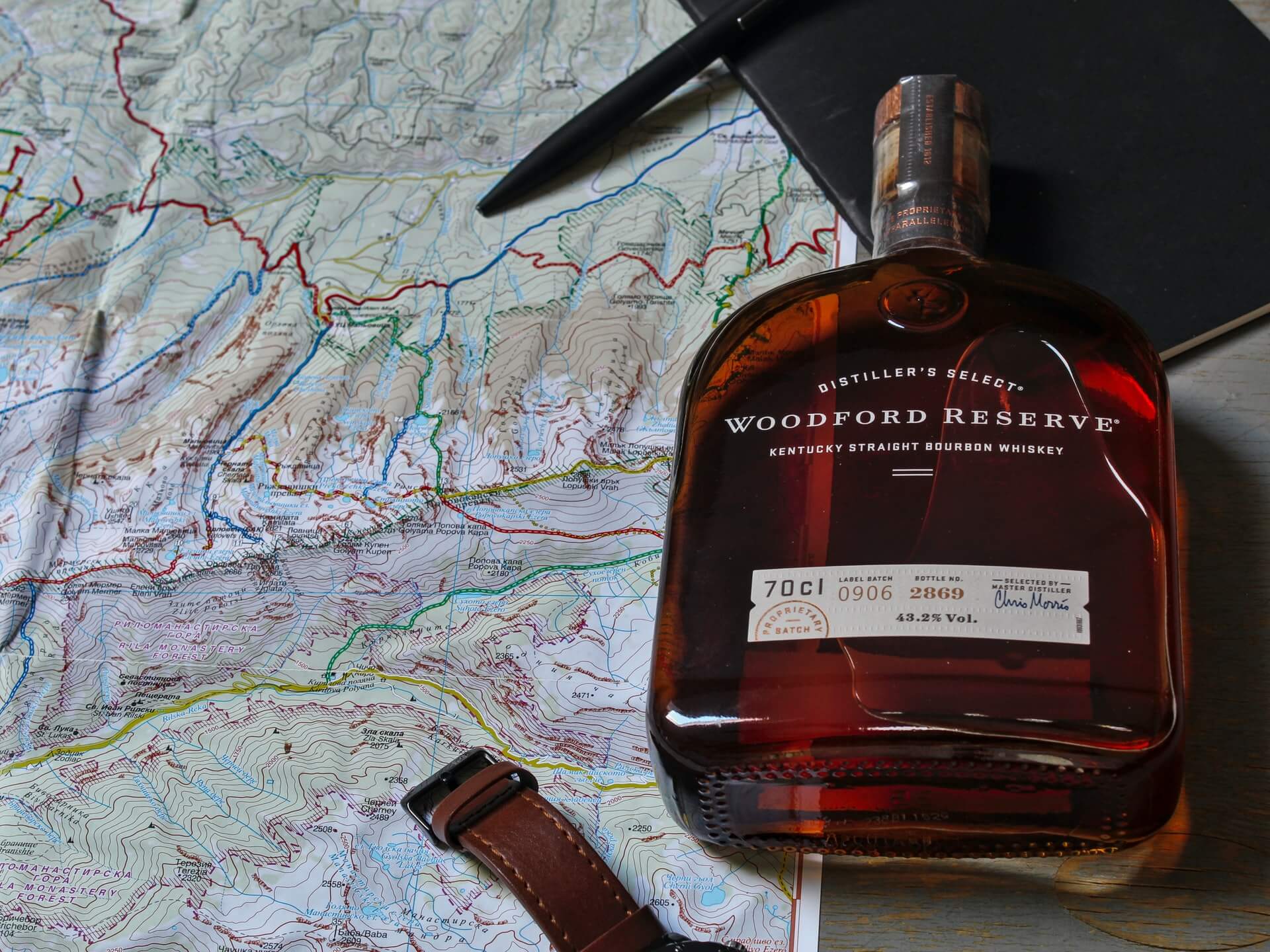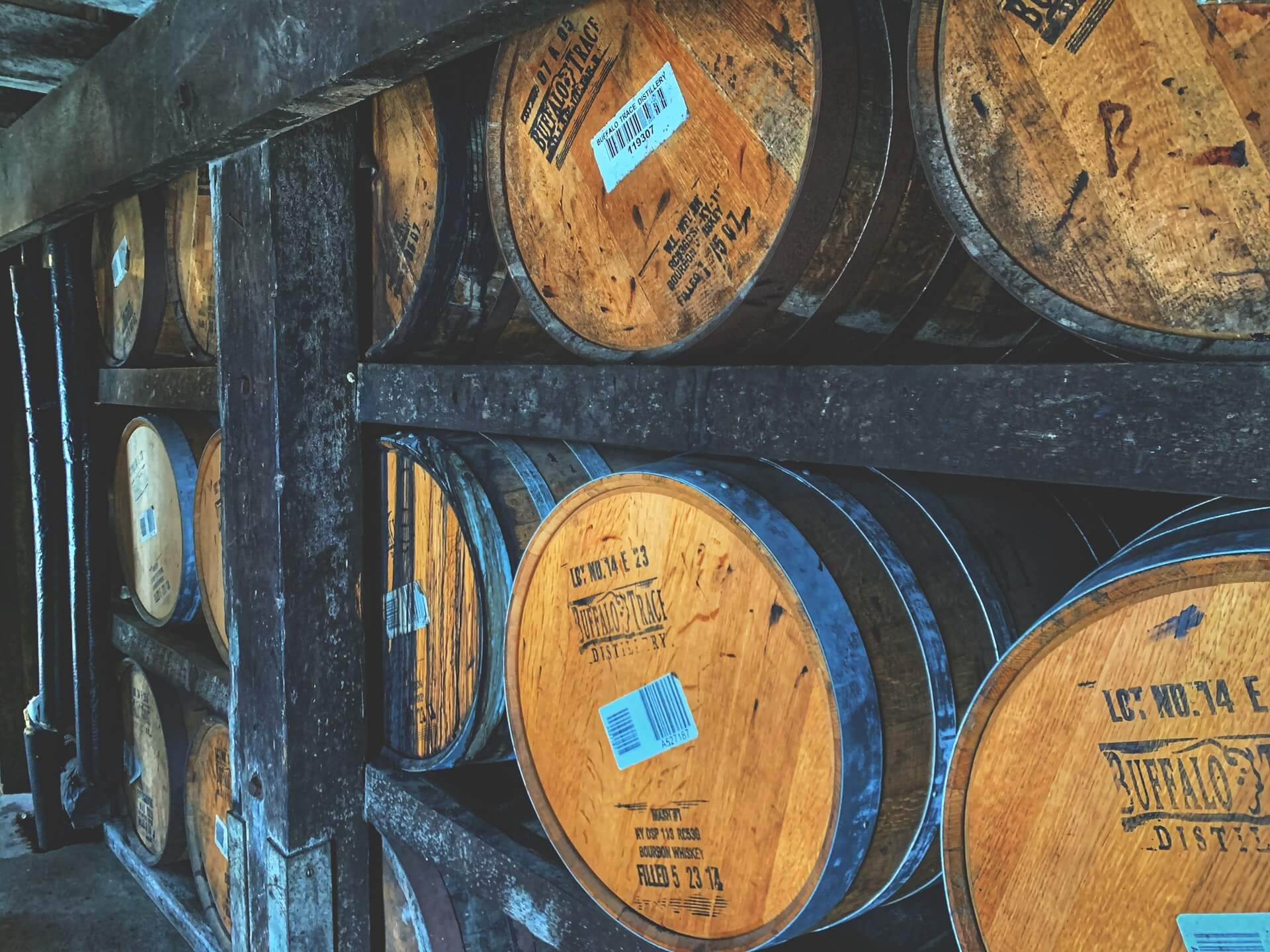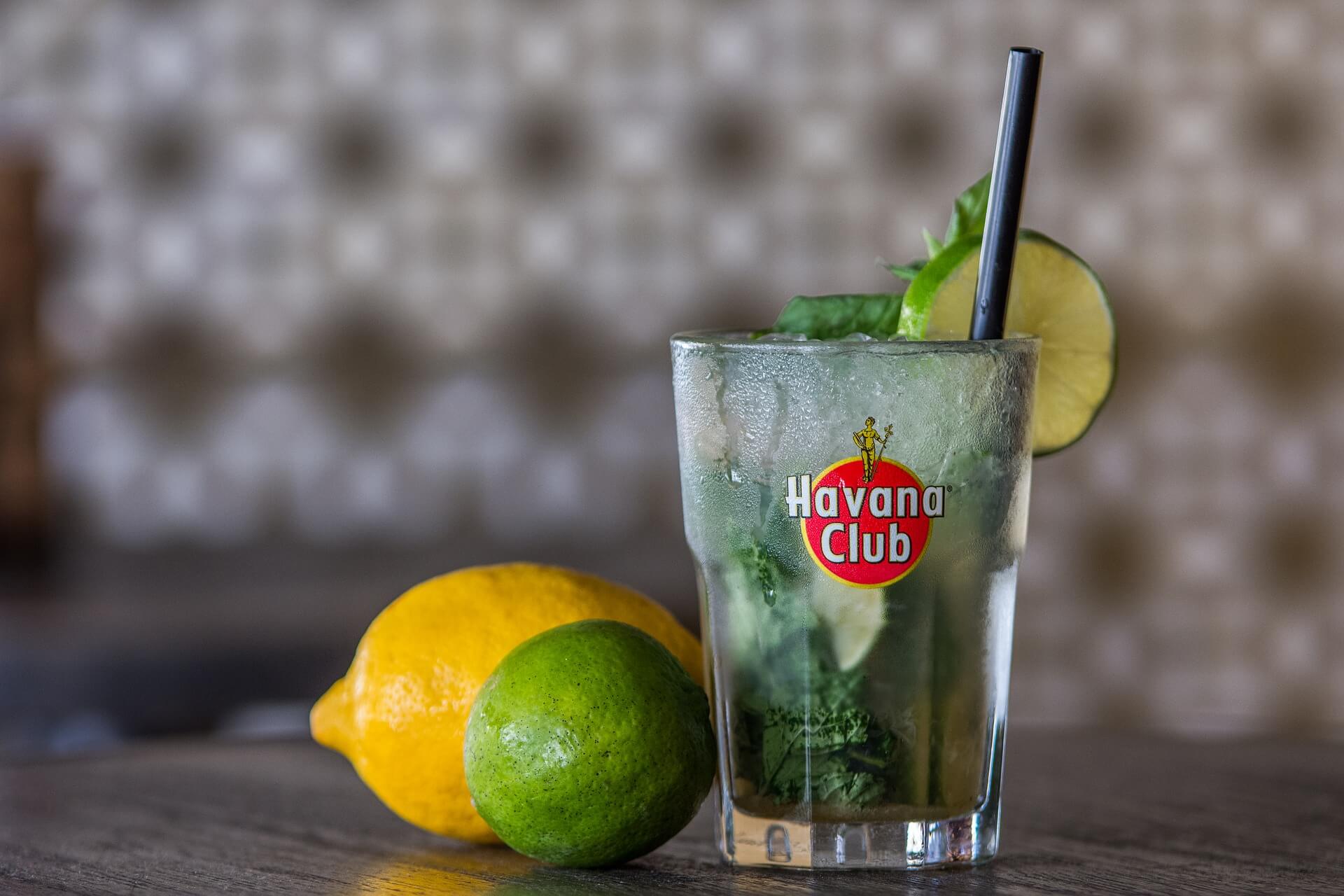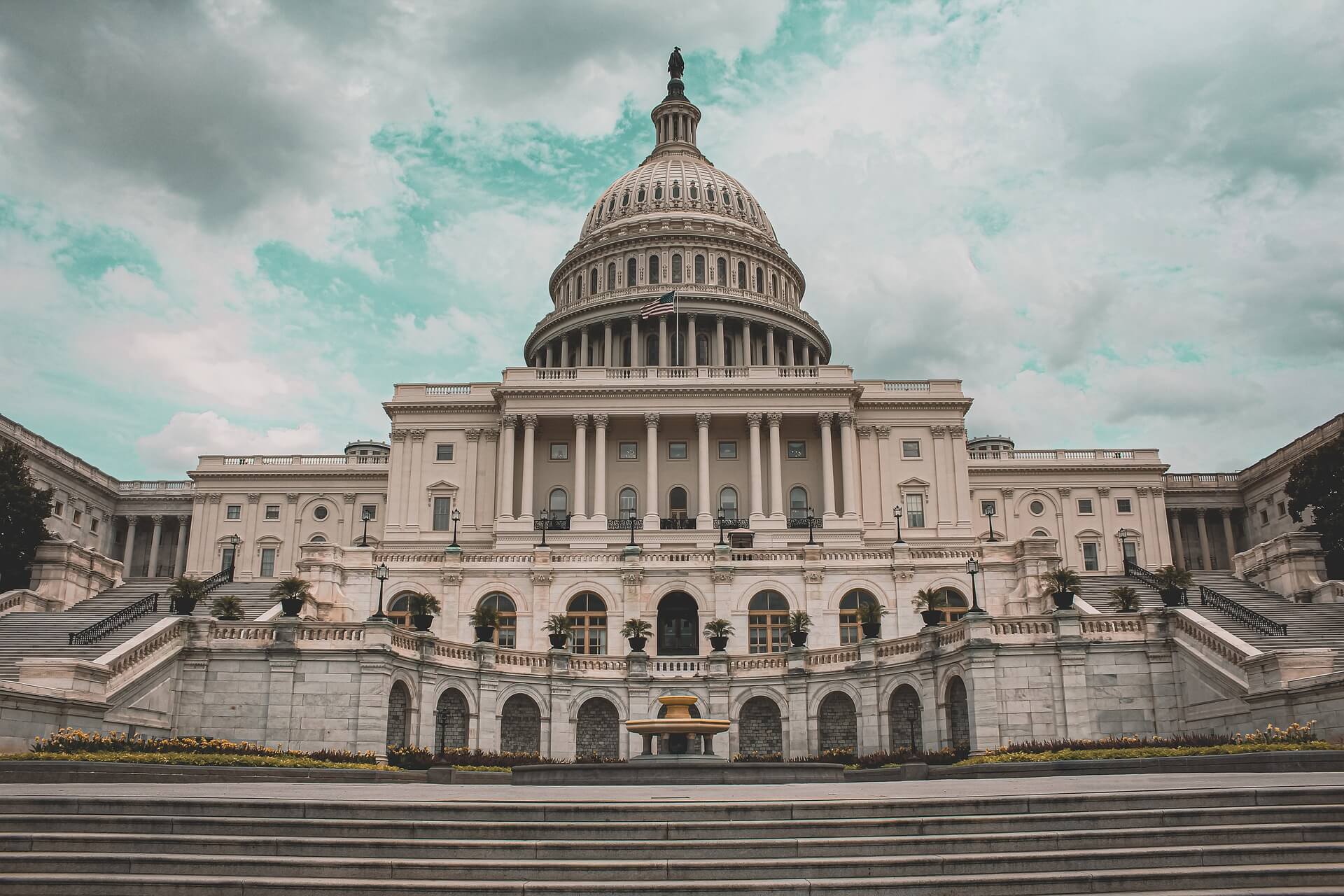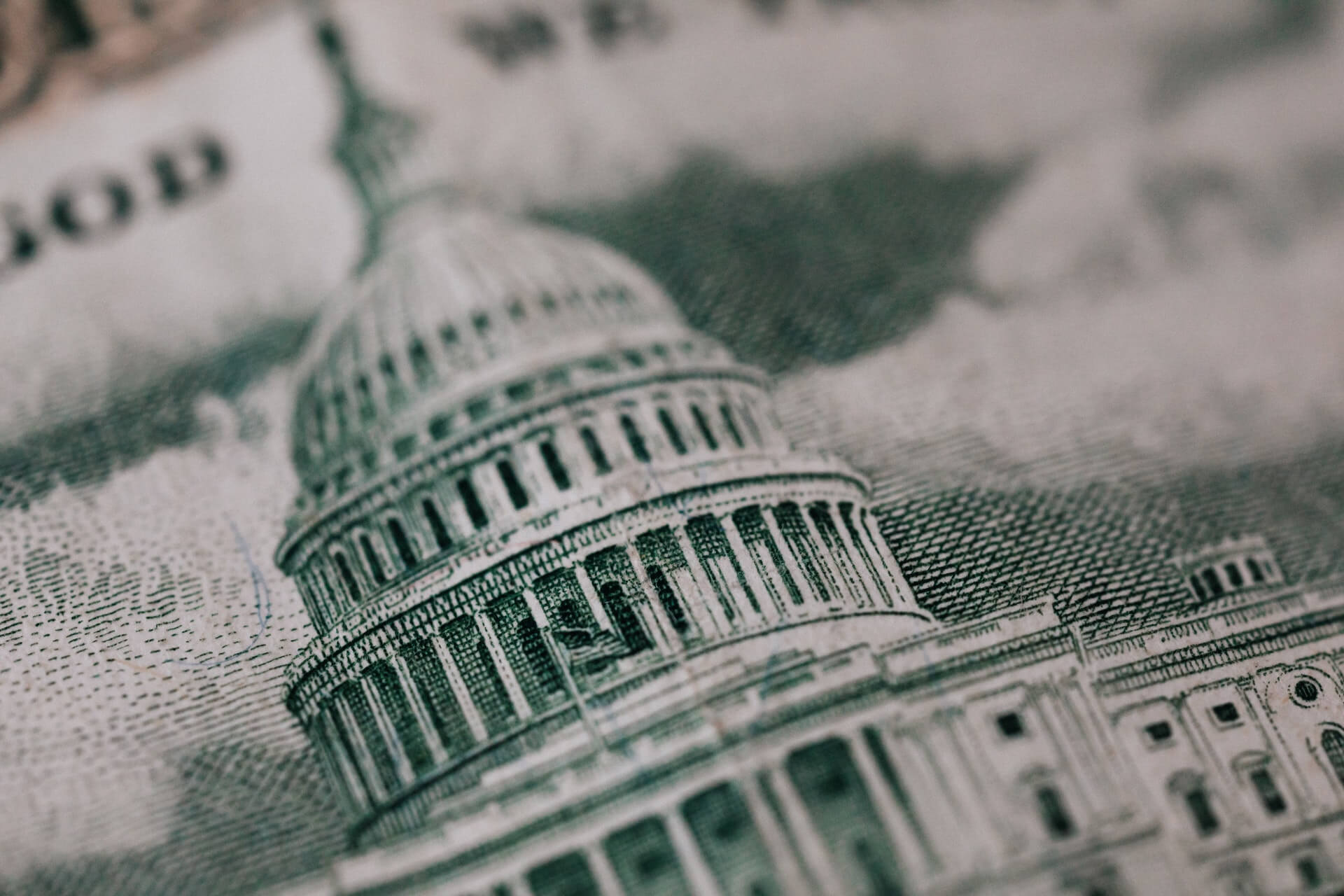7 Great Books About Bourbon
by David Klemt
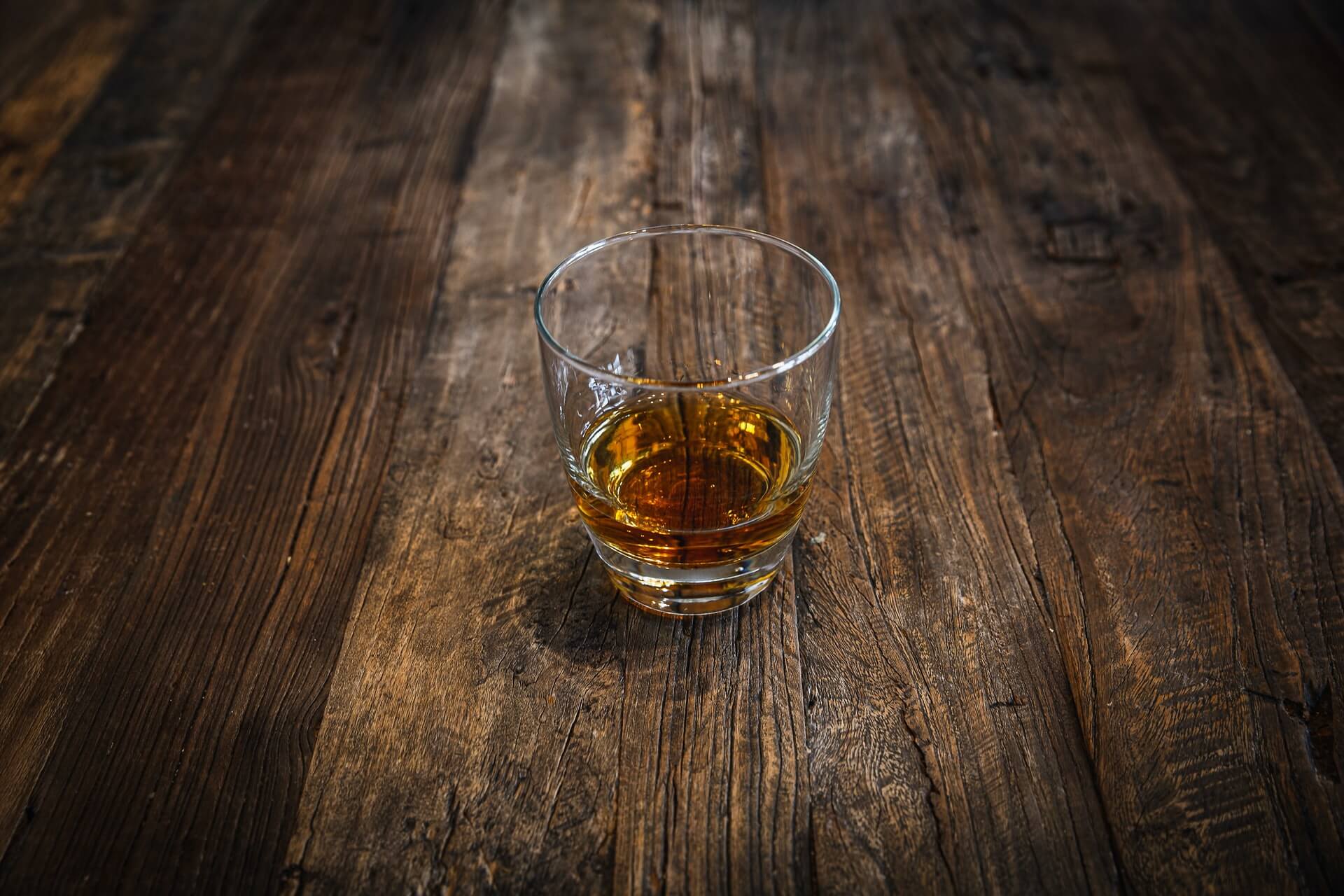
Our onslaught of Bourbon Heritage Month content continues with a roundup of great reads that tell the story of bourbon.
Sure, it’s awesome to enjoy a bourbon with friends. But what about pouring a dram of your favorite bourbon while reading about bourbon?
Come on—you know that sounds fantastic.
So, grab one or more of these books, pair them with a beautiful bourbon, and expand your whiskey knowledge.
Buffalo, Barrels, & Bourbon
This brand-new bourbon book releases today on Amazon. In Buffalo, Barrels, & Bourbon, author F. Paul Pacult tells the story of the Buffalo Trace Distillery. The history of the most-awarded distillery in the world includes the American Revolutionary War, Prohibition, the Great Depression, and it’s still going strong.
The Bourbon Bible
Author Eric Zandona writes for Distiller Magazine and is the director of spirits information at American Distilling Institute. Zandona dives deep into bourbon in The Bourbon Bible, sharing notes on 100 of the world’s best expressions along with 20 classic bourbon cocktail recipes.
Kentucky Bourbon Country
We all know that while a luxury, traveling is the best way to understand our world. Wine lovers have an array of bucket-list destinations, such as Piedmont, Tuscany, Bordeaux, and the Napa Valley. Scotch devotees have Scotland. And bourbon fans have Kentucky. Author Susan Reigler reveals everything bourbon lovers need to know about traveling to Kentucky to learn about their favorite spirit. All that will be left after reading the third edition of Kentucky Bourbon Country is planning your own trip and booking your flights.
Pappyland
It’s hard to come up with any bourbon label more well known, sought after, argued about, and in some cases reviled, than Pappy Van Winkle. Wright Thompson tells the story not only of the (in)famous label and multi-thousand-dollar bottles but also of the family behind it all. Love it or hate it, you need to read Pappyland for the full story.
Bourbon Empire
Reid Mitenbuler tells the real story of the business of bourbon in Bourbon Empire. And let me tell you, it’s no boring essay on the ins and outs of supply and demand, P&L statements, distribution, and on- and off-premise consumerism. Rather, Mitenbuler reveals a history rife with underhanded political dealings, organized crime, “questionable” business practices, bootlegging, and much more intrigue.
Bourbon: The Rise, Fall, and Rebirth of an American Whiskey
Even people with only a passing familiarity with bourbon probably know the name Fred Minnick. The award-winning author sets out to learn just who should be given the credit for creating bourbon in Bourbon: The Rise, Fall, and Rebirth of an American Whiskey, winner of the 2017 Spirited Award for Best New Spirits Book.
Bourbon Curious
Fred Minnick returns with Bourbon Curious to convert his Kentucky Derby Museum classes into book form. Interestingly, this tasting guide is segmented into what Minnick identifies as the four main bourbon flavor profiles: grain, nutmeg, caramel, and cinnamon. Want to know how those profiles dominate bourbon? Get the book.

